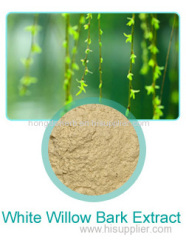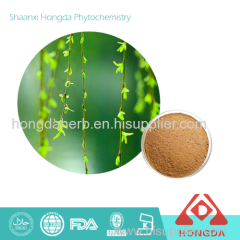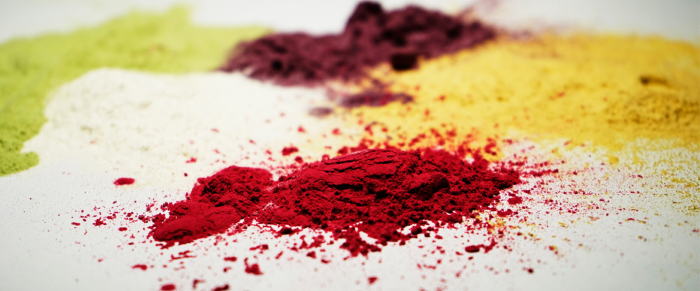


100% Natural White Willow Bark Extract 15% Salicin with competitive price
| Min. Order: | 1 Kilogram |
|---|---|
| Payment Terms: | Paypal, T/T, Money Gram |
| Supply Ability: | 5000T |
| Place of Origin: | Shaanxi |
Company Profile
| Location: | Xi'an, Shaanxi, China (Mainland) |
|---|---|
| Business Type: | Manufacturer, Trading Company |
Product Detail
| Model No.: | 138-52-3 |
|---|---|
| Means of Transport: | Ocean, Air, Land |
| Brand Name: | Hongda |
| White Willow Bark Extract Salicin: | Salicin 15% 25% 30% 50% 70% 80% 98% |
| Test Method:: | HPLC |
| Latin Name:: | Ramulus Salicis Babylonicae. |
| Color: | Light Yellow |
| Part Used: | Bark |
| Production Capacity: | 5000T |
| Packing: | 25kg/drum |
| Delivery Date: | 1Week |
Product Description
Specifications
Type:Herbal Extract
Variety:white willow bark extract
Form:Powder
Part:Bark
Extraction Type:Liquid-Solid Extraction
Packaging:Drum
Place of Origin:Shaanxi, China (Mainland)
Grade:Medical Grade
Brand Name:HongDa
Product Name:White Willow Bark
Latin Name:Salix babylonica L.
Active ingredient:Salicin
Specification:Salicin 15% 25% 50% 98% by HPLC
Appearance:Brown or white powder
Packaging & Delivery
Packaging Details:Package: 1/kg double layer plastic bags inside and aluminum foil bag outside; 25kg/Fibre Drum, or at customer's requirementsDelivery Detail:We will make delivery within 3 to 5 days after payment confirmed

| |||||||||||||||||||||||||



